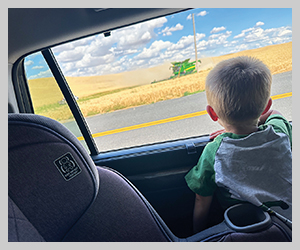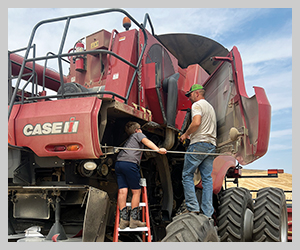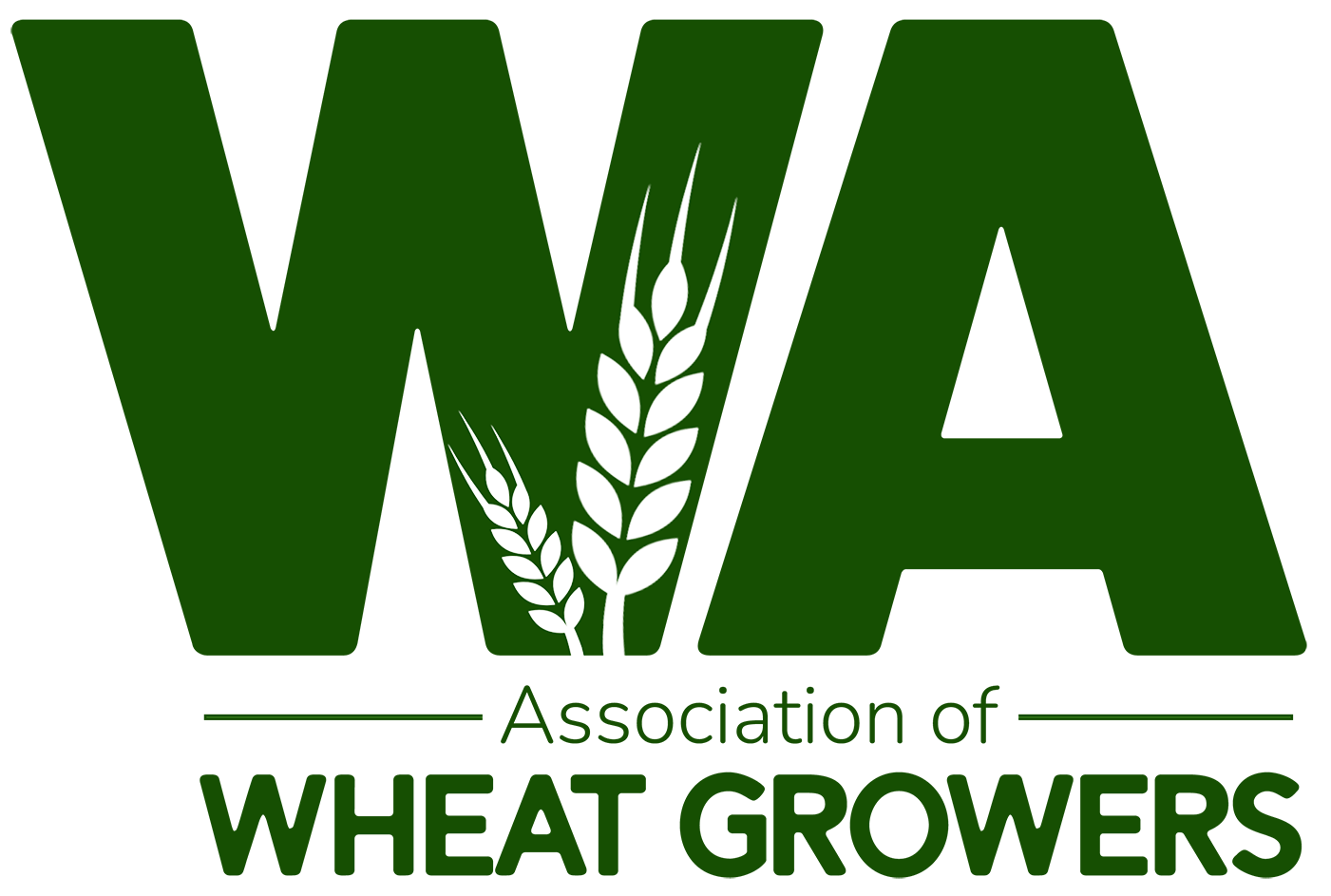A shot in the funding arm Federal grant will help rehabilitate a significant portion of Eastern Washington's short-line rail system
2023November 2023
By Trista Crossley
Editor

In late September, the Palouse River and Coulee City (PCC) short-line rail system got a major shot in the funding arm when the Federal Railroad Administration announced it would receive $72.8 million through the Consolidated Rail Infrastructure and Safety Improvements (CRISI) program.
“It will be transformative in terms of the level of investment that’s being made for the PCC system,” said Janet Matkin, communications manager for the Washington State Department of Transportation’s (WSDOT) Rail, Freight, and Ports Division. “We purposely identified the top needs on all three of the branches. The goal is to try to ensure that those areas that are most in need are addressed.”
The CRISI money will be matched with state funding from the Move Ahead Washington transportation package, resulting in a total project budget of $112 million. The improvements will include track enhancements and upgraded road crossings in four of the five counties where the PCC is located: Adams, Grant, Lincoln, Spokane, and Whitman counties. One of the major goals is to upgrade as much of the track as possible so trains can run at 25 miles per hour. Currently, the majority of the track can only support speeds of up to 10 miles per hour. In addition, Matkin said the upgrades will also allow the PCC to carry the heavier, 286,000-pound industry standard railcars used on the Class 1 railroads.

“Right now, we can only use smaller railroad cars. There will be increased shipping efficiency and better rates for shippers if we can run the larger cars,” she explained. “This is the culmination of the two-decade journey to improve this system to make it more and more viable for farmers and businesses throughout Eastern Washington.”
The work on the short line likely won’t start until 2025. Matkin said the first steps are to negotiate the grant contract with the Federal Railroad Administration, develop the contract bid package, and advertise these as public works contracts. This will take the better part of a year. The process will be complicated, as much of the track needs to remain accessible while under construction, especially during harvest.
The state began acquiring the PCC in 2004 when the former owners decided to abandon the lines, which were in poor shape due to years of deferred maintenance. Today, WSDOT contracts with private companies to operate and maintain the PCC’s three branches. Historically, about 20-25% of Washington’s wheat ships on the PCC system.
WSDOT applied for the CRISI grant in 2022 with the support of stakeholders and legislators across the PCC’s footprint. Matkin said they had approximately 40 letters of support for their application, which reflects the importance of the short line.
“This is a key link in transporting products from the fields to the global marketplace. A lot of this wheat is going to Asia, so the fact that we are able to provide that kind of support to Eastern Washington’s economy is really important,” she said. “It’s the reason WSDOT and its local partners are so invested in upgrading the PCC system.”
Both the Washington Association of Wheat Growers (WAWG) and the Washington Grain Commission (WGC) were among the CRISI grant supporters.
“This badly needed funding was made possible with the cooperation of farmers, stakeholders, and our state and federal legislators,” WAWG Executive Director Michelle Hennings said. “In order for Washington farmers to continue feeding the world, we must be able to get our product to market safely and quickly, and the short-line railroads are absolutely a necessary piece in that system. We are eager to see the work started on this critical part of our transportation infrastructure.”
“This grant will allow the grain industry to respond to a critical need for improved transportation infrastructure and is deeply appreciated,” WGC CEO Casey Chumrau said. “The leadership of our senators and Eastern Washington representatives will secure reliable and competitive methods of transporting agricultural products and ensure the economic vitality of our state.”
Grain Train’s time is ending
Most people who drive through the five counties where the Palouse River and Coulee City (PCC) short-line rail system operates are likely familiar with the Grain Train (grain-branded rail cars). The rail cars were acquired beginning in the 1990s to help alleviate a national shortage of grain hopper rail cars. There are about 100 cars currently riding the rails, evenly split between the three branches of the PCC. But according to Janet Matkin, communications manager for the Washington State Department of Transportation’s Rail, Freight, and Ports Division, the Grain Train rail cars’ time is coming to an end.
“They served their purpose at a time when rail cars were in short supply, but at this point, they are being maintained but there is no plan or program in place to replace the cars once they age out and can no longer move out onto the Class I railroads,” she said.
Keeping an eyeon the dam debate
With railroads, including Palouse River and Coulee City (PCC) short-line rail system, often being touted as a viable replacement if barging capabilities are lost on the lower Snake River due to breaching the dams, it’s no wonder the people at the Washington State Department of Transportation are keeping a close eye on the debate. The department released some preliminary impacts that breaching the dams could have on the state’s freight infrastructure, including:
- The lower Snake River currently moves about 2.4 million tons of grain by barge annually.
- Breaching the lower Snake River dams could add twice as many trains per year on the PCC system.
- BNSF and Union Pacific predict an increase of four additional unit trains per week.
- The loss of barging could add as many as 220 daily truck trips, approximately a 20-25% increase.
- Highways paralleling the Snake River would likely require significantly more maintenance.
- Additional analysis is needed to help determine more accurate changes in freight volumes, needed resources, and costs.












